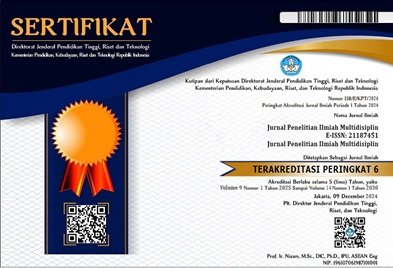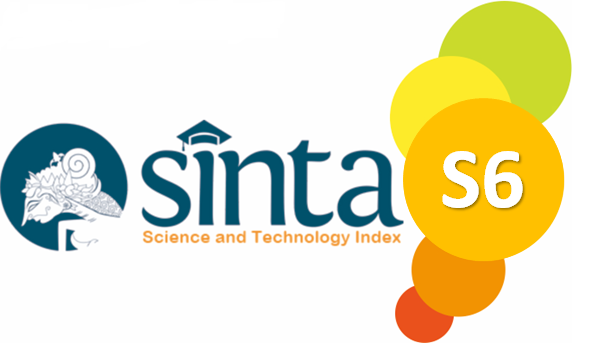PEMODELAN PERSENTASE PENDUDUK MISKIN DI INDONESIA MENGGUNAKAN METODE GEOGRAPHICALLY AND TEMPORALLY WEIGHTED REGRESSION (STUDI KASUS: PERSENTASE PENDUDUK MISKIN DI INDONESIA TAHUN 2020-2022)
Kata Kunci:
adaptif kernel bisquare, geographically and temporally weighted regression, kemiskinan, keragaman spasial, keragaman temporalAbstrak
Kemiskinan menjadi salah satu masalah yang terus dibenahi oleh negara-negara yang sedang berkembang, salah satunya Indonesia. Pada periode per Maret 2023, persentase penduduk miskin di Indonesia sebesar 9,36%. Angka tersebut cukup jauh dari target pemerintah untuk kemiskinan ekstrem tahun 2024 sebesar 0% - 1% yang tertuang dalam RUU APBN 2024, sedangkan persentase penduduk miskin pada Maret 2023 terhadap Maret 2022 hanya turun sebesar 0,18%. Oleh karena itu, perlu dilakukan pemodelan persentase penduduk miskin serta menganalisis variabel yang berpengaruh pada kemiskinan di Indonesia sebagai salah satu acuan bagi pemerintah untuk mengambil tindakan dalam mewujudkan target kemiskinan ekstrem pada tahun 2024. Metode regresi linear berganda dapat digunakan untuk menganalisis variabel yang berkontribusi pada kemiskinan di Indonesia. Akan tetapi, metode tersebut tidak mempertimbangkan keragaman spasial. Selain komponen spasial, komponen temporal juga dapat memicu keragaman. Metode GWTR (Geographically and Temporally Weighted Regression) dapat mengakomodasi keragaman spasial-temporal tersebut. Berdasarkan analisis GTWR, pemodelan GTWR menggunakan fungsi adaptive kernel bisquare menghasilkan pemodelan yang lebih baik daripada pemodelan regresi linear berganda dengan nilai adjusted R^2 sebesar 0.5887, AIC sebesar 534.4663, dan RMSE sebesar 3.3878. Selain itu, diperoleh variabel yang berkontribusi pada persentase penduduk miskin di Indonesia tahun 2020-2022 secara umum yaitu Kepadatan Penduduk, Persentase Angka Melek Huruf Penduduk Umur 15 Tahun Ke Atas, dan Produk Domestik Regional Bruto Atas Dasar Harga Konstan.
Poverty is one of the problems that developing countries continue to address, one of which is Indonesia. In the period as of March 2023, the percentage of poor people in Indonesia was 9.36%. This figure is quite far from the government's target for extreme poverty in 2024 of 0% - 1% as stated in the 2024 APBN Draft Law, while the percentage of poor people in March 2023 compared to March 2022 only decreased by 0.18%. Therefore, it is necessary to model the percentage of the poor population and analyze variables that influence poverty in Indonesia as a reference for the government to take action in realizing the extreme poverty target by 2024. The multiple linear regression method can be used to analyze variables that contribute to poverty in Indonesia. However, these methods do not consider spatial variability. Apart from the spatial component, the temporal component can also trigger diversity. GWTR method (Geographically and Temporally Weighted Regression) can accommodate this spatial-temporal diversity. Based on GTWR analysis, GTWR modeling uses functions whose adaptive kernel bisquare produces better modeling than multiple linear regression modeling with values adjusted of 0.5887, AIC of 534.4663, and RMSE of 3.3878. In addition, variables were obtained that contributed to the percentage of poor people in Indonesia in 2020-2022 in general, namely Population Density, percentage of Literacy Rate of Population Aged 15 Years and Over, and Gross Regional Domestic Product at Constant Prices.





